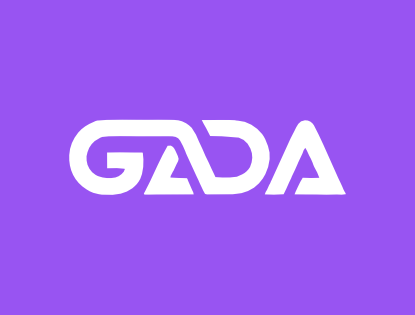HEALTH TALK FOR TODAY - part 1
DEPRESSION AND MOOD DISORDERS
Depression and mood disorders are mental health conditions that affect a person's emotional state and overall well-being. They can impact daily life, relationships, and physical health.
Types of Mood Disorders
1. *Major Depressive Disorder (MDD)*: Persistent feelings of sadness, hopelessness, and loss of interest in activities.
2. *Bipolar Disorder*: Mood swings between depression and mania or hypomania.
3. *Seasonal Affective Disorder (SAD)*: Depression that occurs during specific seasons, often winter.
Symptoms
1. *Emotional changes*: Feelings of sadness, emptiness, or irritability.
2. *Changes in appetite or sleep*: Increased or decreased appetite, insomnia, or excessive sleep.
3. *Loss of interest*: Decreased interest in activities, hobbies, or social interactions.
4. *Physical symptoms*: Fatigue, headaches, or digestive problems.
Treatment Options
1. *Therapy*: Cognitive-behavioral therapy (CBT), interpersonal therapy (IPT), or psychodynamic therapy.
2. *Medication*: Antidepressants, mood stabilizers, or antipsychotics.
3. *Lifestyle changes*: Regular exercise, healthy diet, social support, and stress management.
To be continue
DEPRESSION AND MOOD DISORDERS
Depression and mood disorders are mental health conditions that affect a person's emotional state and overall well-being. They can impact daily life, relationships, and physical health.
Types of Mood Disorders
1. *Major Depressive Disorder (MDD)*: Persistent feelings of sadness, hopelessness, and loss of interest in activities.
2. *Bipolar Disorder*: Mood swings between depression and mania or hypomania.
3. *Seasonal Affective Disorder (SAD)*: Depression that occurs during specific seasons, often winter.
Symptoms
1. *Emotional changes*: Feelings of sadness, emptiness, or irritability.
2. *Changes in appetite or sleep*: Increased or decreased appetite, insomnia, or excessive sleep.
3. *Loss of interest*: Decreased interest in activities, hobbies, or social interactions.
4. *Physical symptoms*: Fatigue, headaches, or digestive problems.
Treatment Options
1. *Therapy*: Cognitive-behavioral therapy (CBT), interpersonal therapy (IPT), or psychodynamic therapy.
2. *Medication*: Antidepressants, mood stabilizers, or antipsychotics.
3. *Lifestyle changes*: Regular exercise, healthy diet, social support, and stress management.
To be continue
HEALTH TALK FOR TODAY - part 1
DEPRESSION AND MOOD DISORDERS
Depression and mood disorders are mental health conditions that affect a person's emotional state and overall well-being. They can impact daily life, relationships, and physical health.
Types of Mood Disorders
1. *Major Depressive Disorder (MDD)*: Persistent feelings of sadness, hopelessness, and loss of interest in activities.
2. *Bipolar Disorder*: Mood swings between depression and mania or hypomania.
3. *Seasonal Affective Disorder (SAD)*: Depression that occurs during specific seasons, often winter.
Symptoms
1. *Emotional changes*: Feelings of sadness, emptiness, or irritability.
2. *Changes in appetite or sleep*: Increased or decreased appetite, insomnia, or excessive sleep.
3. *Loss of interest*: Decreased interest in activities, hobbies, or social interactions.
4. *Physical symptoms*: Fatigue, headaches, or digestive problems.
Treatment Options
1. *Therapy*: Cognitive-behavioral therapy (CBT), interpersonal therapy (IPT), or psychodynamic therapy.
2. *Medication*: Antidepressants, mood stabilizers, or antipsychotics.
3. *Lifestyle changes*: Regular exercise, healthy diet, social support, and stress management.
To be continue
0 Comments
0 Shares
325 Views
0 Reviews


